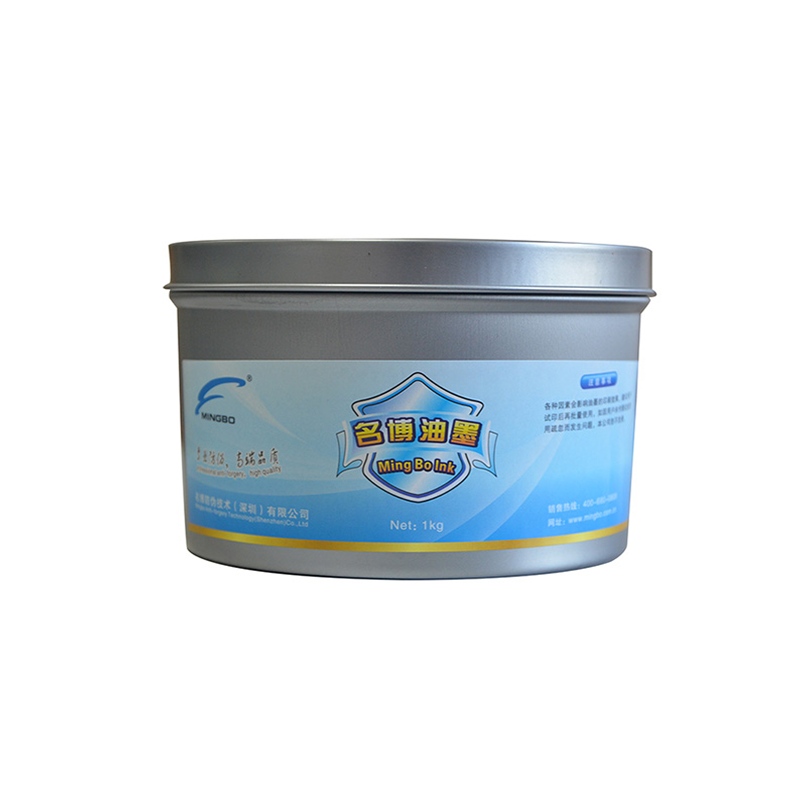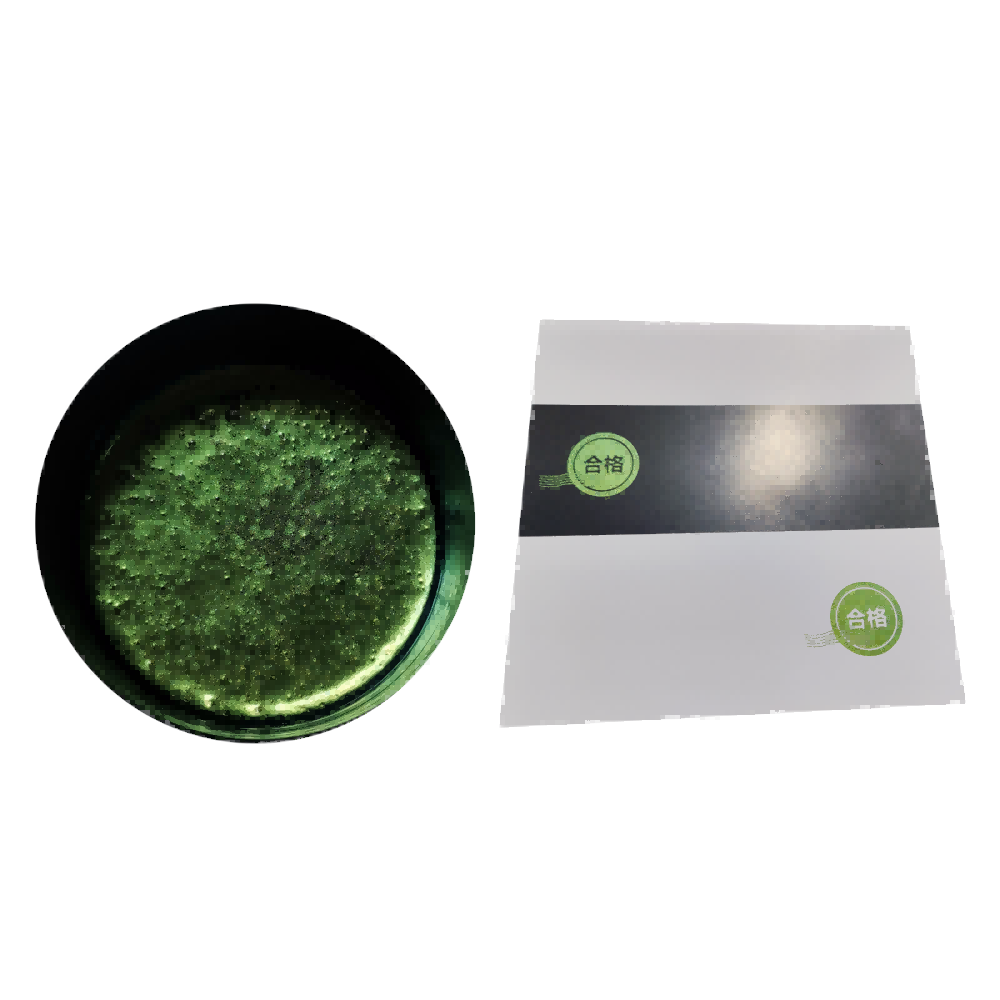نظرًا لأن صناعة الطباعة العالمية تدرك بشكل متزايد تأثيرها البيئي, تتحول الشركات إلى حلول مبتكرة لتقليل بصمة الكربون الخاصة بها.
أحد الحلول هو استخدام حبر إزاحة الكربون الأسود, الذي يكتسب قوة تجاه لقدرتها على تعزيز ممارسات الطباعة الأكثر استدامة. تستكشف هذه المقالة خلفية الطباعة الصديقة للبيئة, ارتفاع تكنولوجيا حبر إزاحة الكربون, تطبيقات السوق, وكيف يمكن للشركات الاستفادة منها لتحسين صورة الاستدامة.
 ما هو حبر طباعة الكربون الأسود?
ما هو حبر طباعة الكربون الأسود?
الحبر هو نوع من الحبر المصمم لتقليل انبعاثات الكربون المرتبطة بعمليات الطباعة التقليدية. يعمل هذا الحبر عن طريق تعويض انبعاثات الكربون أثناء الإنتاج من خلال طرق مختلفة, مثل الاستثمار في مشاريع تقليل الكربون أو استخدام مواد خام مستدامة في إنتاجها. الفائدة الرئيسية لهذه التكنولوجيا هي قدرتها على خفض التأثير البيئي للطباعة مع الحفاظ على نتائج عالية الجودة.
باستخدام مواد قابلة للتجديد وصديقة للبيئة, يساعد حبر إزاحة الكربون الأسود على تقليل البصمة الكلية للكربون في صناعة الطباعة. كشركات ومستهلكين بشكل متزايد يعطي الأولوية للاستدامة البيئية, من المتوقع أن ينمو الطلب على تكنولوجيا الحبر هذه.
اتجاه الصناعة: الطلب المتزايد على الأحبار الصديقة للبيئة
في السنوات الأخيرة, كان هناك تحول ملحوظ نحو أحبار الطباعة الصديقة للبيئة, خاصة في صناعات التعبئة والتغليف والإعلان. عندما يصبح المستهلكون أكثر وعيًا بالبيئة, العلامات التجارية تحت الضغط لتبني الممارسات الخضراء, بما في ذلك استخدام مواد الطباعة المستدامة.
يتماشى حبر إزاحة الكربون الأسود مع هذه الاتجاهات من خلال تقديم بديل أنظف لطرق الطباعة التقليدية. العديد من الشركات في قطاع التغليف, على سبيل المثال, تتحول إلى هذا الحبر لتلبية الطلب المتزايد على المستهلكين على المنتجات المسؤولة بيئيًا. بالإضافة إلى ذلك, تساعد حملات الإعلان التي تستخدم أحبار الكربون الشركات على تسليط الضوء على التزامها بالاستدامة, والتي يمكن أن تحسن صورة علامتهم التجارية وولاء المستهلك.
تطبيق السوق لأحبار إزاحة الكربون
للمستخدمين في النهاية مثل شركات الطباعة وأصحاب العلامات التجارية, يوفر تبني حبر إزاحة الكربون الأسود فرصة فريدة لتحسين صورة علامتهم التجارية المستدامة. في السوق التنافسي اليوم, تعمل الشركات بنشاط على تشكيل سمعتها من خلال تأثيرها البيئي. يمكن أن يؤدي استخدام منتجات صديقة للبيئة مثل أحبار إزاحة الكربون إلى إحداث فرق كبير. فيما يلي كيف يمكن لمستخدمي Beend الاستفادة من دمج هذا الحبر في عملياتهم:
1. صورة العلامة التجارية: باستخدام وظائف حبر إزاحة الكربون على أنها مسؤولة بيئيًا وتفكيرًا إلى الأمام, الذي يتردد صداها مع المستهلكين الذين يعطون الأولوية للاستدامة.
2. ولاء المستهلك: لأن الاستدامة تصبح عامل شراء رئيسي, العلامات التجارية التي تتبنى ممارسات صديقة للبيئة, مثل استخدام الحبر لدينا, يمكن تعزيز ولاء العملاء الأكبر.
3. الامتثال والتوسع في السوق: مع اللوائح البيئية الأكثر صرامة في العديد من المناطق, يمكن للشركات التي تتبنى ممارسات طباعة مستدامة أن تظل متقدمًا على المنحنى والاستفادة من الأسواق الجديدة التي تعطي الأولوية للوعي البيئي.
من خلال دمج حبر إزاحة الكربون الأسود, تعمل الشركات على تعزيز أوراق اعتماد الاستدامة والمساهمة في خضرة, صناعة طباعة أكثر استدامة.
التأثير طويل الأجل على صناعة الطباعة
نتطلع إلى الأمام, نتوقع أن يصبح حبر إزاحة الكربون الأسود حلاً رئيسيًا للطباعة المستدامة في القطاع التجاري. مع نمو الطلب على الممارسات الصديقة للبيئة عبر الصناعات, سيساعد التأثير طويل الأجل لهذا الحبر على تقليل البصمة البيئية الإجمالية لصناعة الطباعة. مع استمرار الابتكار, يمكن أن تكون طباعة حبر حاسمة في إعادة تشكيل الصناعة من خلال وضع معايير جديدة لحلول الطباعة الصديقة للبيئة.
ومينغو, نحن متخصصون في حبر إزاحة الكربون الأسود, توفير جودة عالية, حلول مستدامة للشركات التي تتطلع إلى تقليل تأثيرها البيئي. سواء كنت في صناعة التعبئة والتغليف أو الإعلان, نحن نقدم لوازم الجملة بالجملة لمساعدة علامتك التجارية على تبني الممارسات المسؤولة بيئيًا.



